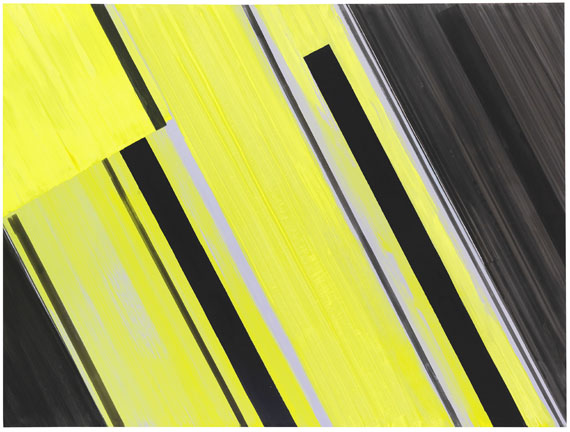Dictionary


Movimento Arte Concreta
Largely inspired by the development of Concrete Art post-1945 in Europe and Switzerland in particular, Gillo Dorfles, Gianni Monnet, Bruno Munari and Atanasio Soldati founded Movimento Arte Concreta in December 1948. Despite its name, the group consisted of artists working in various different styles, including Geometric Abstraction. Other members of the group included Gianni Bertini, Lanfranco Bombelli Tiravanti, Enrico Bordoni, Salvatore Garau, Max Huber, Mario Nigro and Luigi Veronesi.
Movimento Arte Concreta’s paintings and collages were dominated by geometrical elements, which however, frequently rejected strict adherence to basic forms in favour of freer formal development.
Thus the images contained spiral and curved-shaped formations and associative colour fields. The artists largely used a rich palate, with a somewhat watered down luminosity. The group’s journal, which shared its name, set new standards for design. The pages were sewn together from pieces of paper, and cut in an unusual way or from innovative materials, such as transparent paper. Movimento Arte Concreta were most influential in Italy, until the 1950s.
Largely inspired by the development of Concrete Art post-1945 in Europe and Switzerland in particular, Gillo Dorfles, Gianni Monnet, Bruno Munari and Atanasio Soldati founded Movimento Arte Concreta in December 1948. Despite its name, the group consisted of artists working in various different styles, including Geometric Abstraction. Other members of the group included Gianni Bertini, Lanfranco Bombelli Tiravanti, Enrico Bordoni, Salvatore Garau, Max Huber, Mario Nigro and Luigi Veronesi.
Movimento Arte Concreta’s paintings and collages were dominated by geometrical elements, which however, frequently rejected strict adherence to basic forms in favour of freer formal development.
Thus the images contained spiral and curved-shaped formations and associative colour fields. The artists largely used a rich palate, with a somewhat watered down luminosity. The group’s journal, which shared its name, set new standards for design. The pages were sewn together from pieces of paper, and cut in an unusual way or from innovative materials, such as transparent paper. Movimento Arte Concreta were most influential in Italy, until the 1950s.
Offers for Concrete Art
Headquarters
Joseph-Wild-Str. 18
81829 Munich
Phone: +49 89 55 244-0
Fax: +49 89 55 244-177
info@kettererkunst.de
Louisa von Saucken / Undine Schleifer
Holstenwall 5
20355 Hamburg
Phone: +49 40 37 49 61-0
Fax: +49 40 37 49 61-66
infohamburg@kettererkunst.de
Dr. Simone Wiechers / Nane Schlage
Fasanenstr. 70
10719 Berlin
Phone: +49 30 88 67 53-63
Fax: +49 30 88 67 56-43
infoberlin@kettererkunst.de
Cordula Lichtenberg
Gertrudenstraße 24-28
50667 Cologne
Phone: +49 221 510 908-15
infokoeln@kettererkunst.de
Hessen
Rhineland-Palatinate
Miriam Heß
Phone: +49 62 21 58 80-038
Fax: +49 62 21 58 80-595
infoheidelberg@kettererkunst.de
We will inform you in time.




